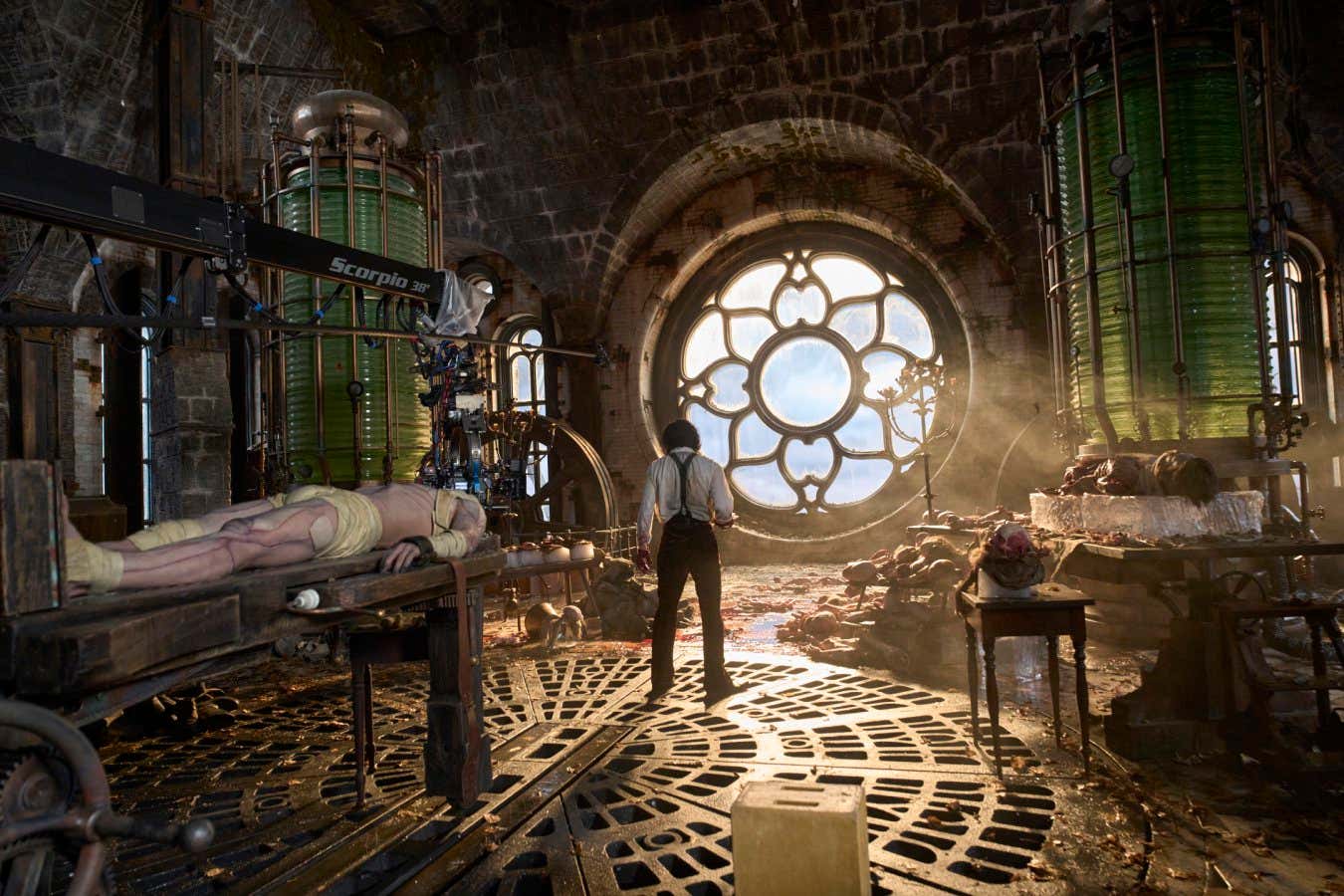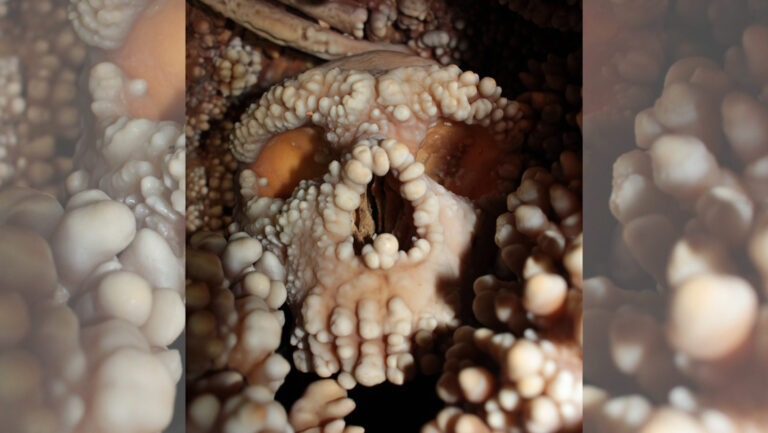

Oscar Isaac makes for an obsessive and charismatic Victor Frankenstein
Ken Woroner/Netflix
Frankenstein
Directed by Guillermo del Toro, Out now in select UK and US cinemas, streaming on Netflix from 7 November
Guillermo Del Toro has long been fascinated by the borderlands where science, myth and monstrosity meet. In his new film, Frankenstein, he turns at last to Mary Shelley’s foundational text: the 1818 novel that many argue gave birth to both science fiction and modern horror.
The result is visually sumptuous, performed with intensity and, at times, philosophically acute – even if its pacing and some design choices betray the heavy hand of Netflix, the film’s financier.
Shelley’s story of Victor Frankenstein – a brilliant but reckless scientist who dares to bring dead matter to life – remains one of the most potent cautionary tales about the promise and peril of scientific ambition. In del Toro’s film, Oscar Isaac plays Victor as a charismatic, obsessive figure whose wounds, both personal and intellectual, propel him into uncharted territory.
Isaac’s performance balances arrogance with fragility, and the ensemble around him adds texture: Christoph Waltz as Harlander, the industrialist who funds Victor’s research; Charles Dance as Victor’s authoritarian father; and Mia Goth’s standout turn as Elizabeth Lavenza, a tragic and compassionate figure.
The film is most compelling when it lingers on the laboratory. Del Toro and production designer Tamara Deverell have created an environment that nods to 19th-century anatomy theatres, with towering apparatuses and crude, galvanic machines. The depiction of dissection and experimental medicine is stylised but not wholly implausible: sparks of credibility lie in the detail of ligatures, scalpels and surgical protocols.
Victor’s cadavers, however, may stretch credulity – the sheer number and freshness of bodies at his disposal certainly strains realism. Yet his activities reflect the debates of the Romantic era about electricity, vitalism and the boundary between life and death.
The Creature (Jacob Elordi), created and abandoned by Victor, isn’t the hulking figure with bolts in its neck of the 1931 film Frankenstein. Here, we see a leaner, scar-stitched body rendered through prosthetics and CGI. The combination is effective, though some close-ups – such as when the Creature lies motionless – falter at the jawline. His appearance also jars: the brooding, “emo” aesthetic feels closer to modern tastes than to Shelley’s early 19th-century milieu.
“
The film’s visuals are enthralling, drenching laboratories and landscapes alike in chiaroscuro
“
In a way, this design is a continuation of del Toro’s interest in biology as bricolage, the body as a site for reinvention, as seen in his earlier films, such as The Shape of Water. Even filtered through a modern lens, the Creature reflects our enduring fascination with reconstructing life from fragments – a scientific dream as seductive now as it was in Shelley’s time.
Narratively, Frankenstein falters somewhat. Del Toro devotes the 150-minute run-time to Victor’s upbringing, intellectual formation and slow seduction by the dream of conquering death. While this material grounds the film in Victor’s psychology, it means the pacing drags, and some viewers may find the long first act an overindulgence. What’s more, the Creature’s strength – sufficient here to heave a ship as if it were driftwood – risks tipping into exaggeration, undermining the film’s otherwise sober exploration of scientific possibility.
Still, the underlying themes remain urgent. Frankenstein is ultimately less about the mechanics of reanimation than about society’s reaction to the unfamiliar. And the film’s visuals are consistently enthralling, with Dan Laustsen’s cinematography drenching laboratories and landscapes alike in chiaroscuro, while Alexandre Desplat’s score alternates between ominous rumbles and delicate motifs of yearning.
Del Toro’s oeuvre includes more ambitious works, but Frankenstein is nonetheless a serious, sometimes stirring exploration of one of science’s greatest parables. It asks us to consider not simply whether we can create life, but whether we can live with what we create.
Topics:



